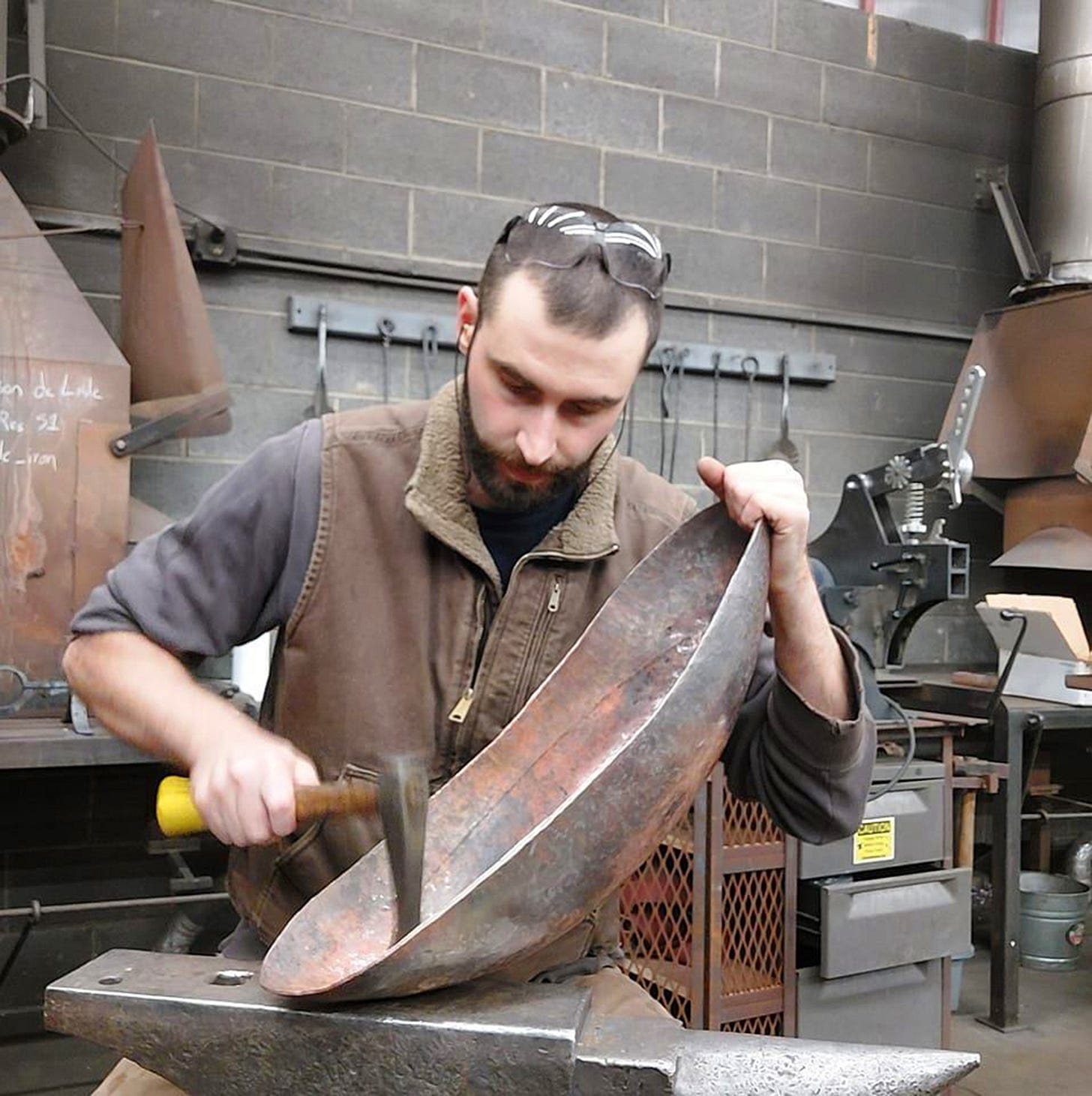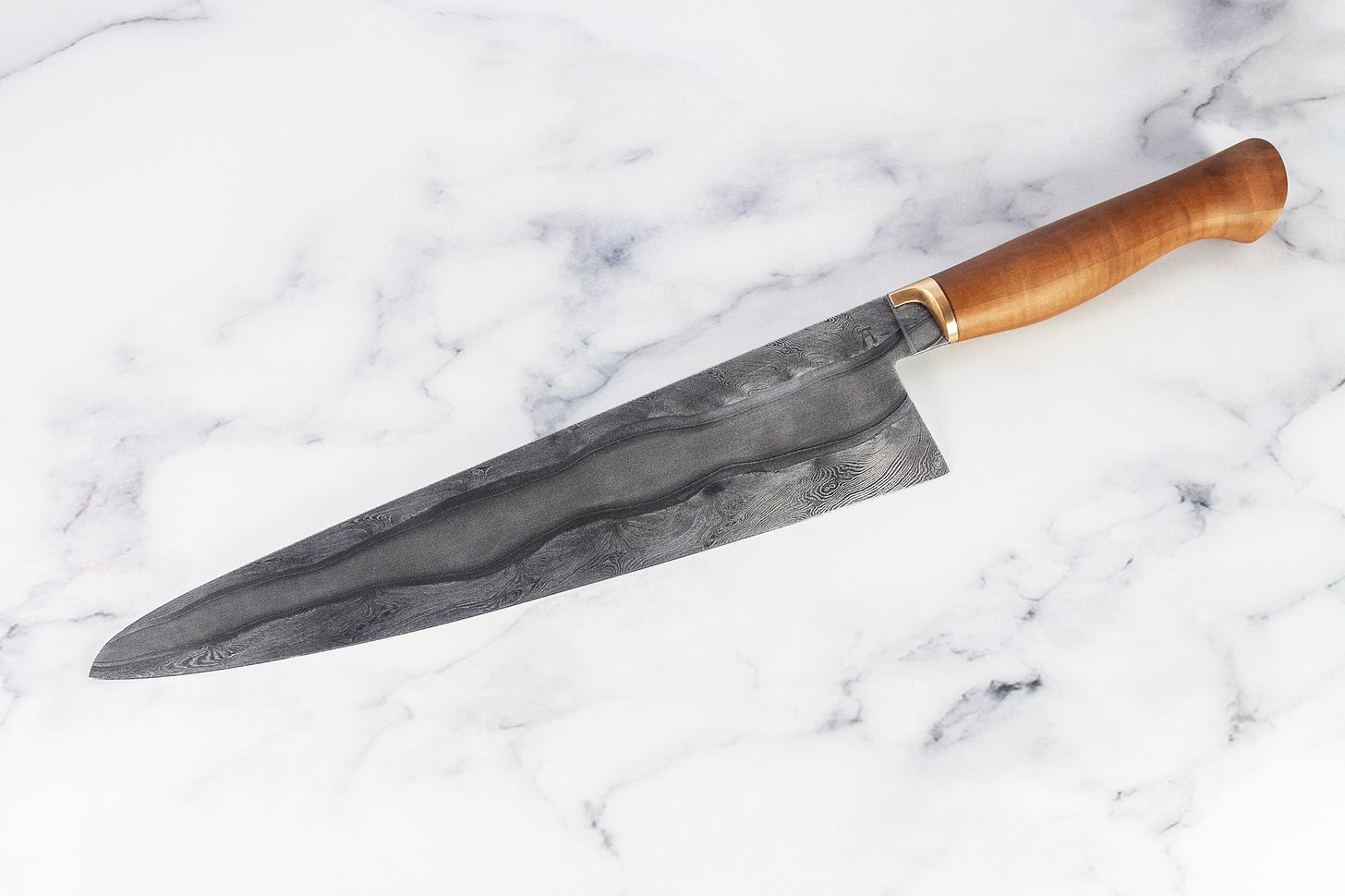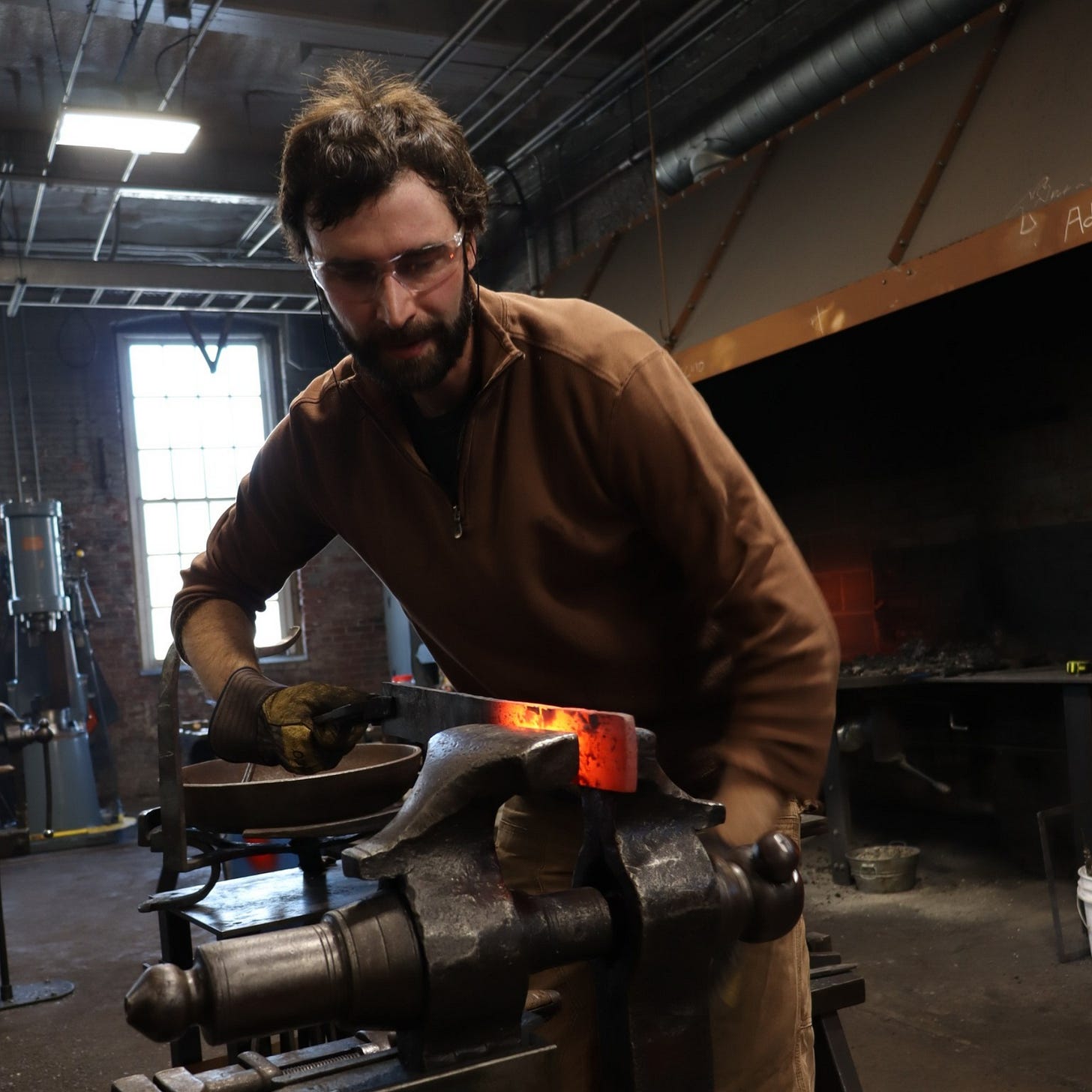What Magazines Do, or Did You Get?
Co-written with Addison de Lisle, Editor
I can't count the number of magazines I’ve read over the years, starting with comics and then reading my parents’ Ladies' Home Journal, Look, and The Saturday Evening Post. As a member, my Dad received The Elks Magazine.
Currently, I subscribe to The New Yorker, The New York Review of Books, IAM (an Italian production from Chicago), Writer’s Digest, Smithsonian, and local publications. That doesn’t include my online subscriptions. I cancel subscriptions when I feel overwhelmed because, as an obsessive reader, I feel compelled to read as much of each issue as I can, often attempting but rarely finishing the entire issue. Time is my enemy.
When I regret the forfeiture, I renew. It’s a cycle that has gone on for years.
But, but, I never thought I would be reading The Anvil’s Ring, a publication of the Artist Blacksmith’s Association of North America (ABANA). Why am I reading about blacksmithing?
When our nephew Addison de Lisle first talked about his chosen art of blacksmithing, I expected him to mention making horseshoes. I envisioned oval, round, and U-shaped shoes. “Creative, but artistically limited,” I thought. How original, artistic, or imaginative could that be? I was stuck in the parking lot.
I couldn't have been more oblivious, much like the embarrassment of being picked off base in an important baseball game. To my chagrin, he taught, I listened, and learned.
“Uncle Ed, we’re way beyond horses. Blacksmithing is the art of shaping metal, mainly iron and steel, by heating it in a forge and hammering it into desired shapes. It combines technical knowledge of how metal behaves with artistic skill to create functional and decorative objects. We use a variety of tools — including forges, anvils, hammers — to manipulate metal, both hot and cold, and transform it from a factory-produced bar into something artistic, interesting, and often useful.”
He continued, “Historically, blacksmiths were essential for creating tools, hardware, and other functional necessities. It’s a common misconception.”
“Thanks.” Now he was on a roll. --- “Blacksmiths heat metal in a forge to make it malleable and then shape it by hammering it on an anvil.” Anvil. Hmmm, something I knew.
“We use hammers and tongs to control the shape of the metal. We have to know how different metals behave at certain temperatures.”
A blacksmith works at a forge (also called a smithy) to create everything from horseshoes and tools to gates, sculptures, and cutlery. The process is a blend of brute strength, delicate precision, and a lot of staring at what you just did to determine if it’s ‘just right.’ Metalworking meets artistry.
Excited by Addison’s fellowship at a school in France, we visited him in the workshop at the Fondation de Coubertin, where he was helping to restore decorative railings for the Louvre. Impressive.
This year-long program offers artisans in their twenties the opportunity to work in world-class ateliers and learn architectural metalwork, stonework, masonry, plaster, woodworking, and foundry. At the time, they offered one spot for an American, while the rest of the students were native to France. Luckily for Addison, it also included one month of French language at a school in Provence, learning French, in French! In addition to metalworking, it also included 1000 hours of coursework on philosophy, accounting, math, creative writing, drafting, and more.
“My goodness. I’m sorry to be stuck on horses, Addison.” He knew I was off-base. Addison is kind, patient, and professorial. He looked at me, making sure that this time I would be on base. “No worries; it’s a common misconception. A big part of my job is explaining what blacksmithing is and what can be done with it in a contemporary context. Most people ask if I make horseshoes or swords.”
Blacksmithing is experiencing a resurgence as a craft and art form. Some schools and workshops are teaching this ancient skill to new generations. After pursuing Bachelor's and Master's degrees in metal arts, a three-year apprenticeship, the fellowship in France, workshops around the country, and lots of practicing on his own, Addison has become one of those teachers. He taught blacksmithing at a private college in Charleston, South Carolina, for three years, and now leads intensive classes for people of all ages at craft centers like Penland School of Crafts in North Carolina, Haystack Mountain School of Crafts in Maine, and many others.
Why did I introduce this piece by discussing magazines? Well, because I have a new magazine to peruse. It’s The Anvil’s Ring and its editor is . . . Yes, you guessed it . . . Addison de Lisle. He’s been in the job for nearly two years. The magazine highlights high-quality ironwork from around the country, how and why the smiths make it, and what motivates them to enter and continue practicing such an off-beat, difficult art form.
I enjoy his editorial introductions. I love the stories. I love the images of the artists’ productions. I love the writing. But most of all, I love the education.
Writing motivates you to look closely at many sources that will enhance your work. I’ve added The Anvil’s Ring to my list.
Thanks, Addison. I’m looking forward to the next issue.
Copyright 2025
www.addisondelisle.com
www.instagram.com/de_lisle_iron






I just received this
Bullwinkle J. Moose's distinctive rendition of "The Village Blacksmith"
https://www.youtube.com/watch?v=tMbsw4sPhEA
from my history professor friend, Luther Spoehr, who will be featured in next week's blog
You had me at Addison (despite George Sander's character). What a fantastic name, second only to Atticus...for obvious reasons. I always thought that If you can do what you love and still make a living, your have a blessed life. If you have friends and family to share your life, you are double-blessed. If you can help others along the way, you have achieved life's purpose and a meaning for your existence.